Let's discuss technically the footwork for the realization of a forehand to padel. A good placement will make the difference. Are you aware of this?
After a direct foul, we often find many and many reasons, but it happens, most of the time, that the fault comes from a bad footwork, a bad positioning which causes you, in the end, to impact the ball under conditions. imperfect.
When we start a sport, and it is supervised by a professional, very often we hear that we must be active on the legs in order to gain in reaction time, in liveliness, and therefore in efficiency. This is also true at padel but only after having assimilated some advice.
Au padel, the most important thing is to save time on the ball when we are at the bottom of the track. It is a bit the opposite of what we teach in tennis, where we try to take more time on the ball than to gain it. So, first, we will focus on time.
The recovery of support, the base
The recovery of downforce is a small jump that we realize when the adversaries impact the ball. Get in the habit of doing it, this will allow you to progress more quickly and especially to gain in reactivity. If you analyze the recovery of downforce, it must be done at a very precise moment, ie when the ball hits the opponents' pala, your toes touch the ground. This is important because a take-up carried out too early will mean that your body weight will already be anchored in the ground, so you will be slow to start, and conversely if you carry out the pressure take-up too late, you will be behind. the ball.
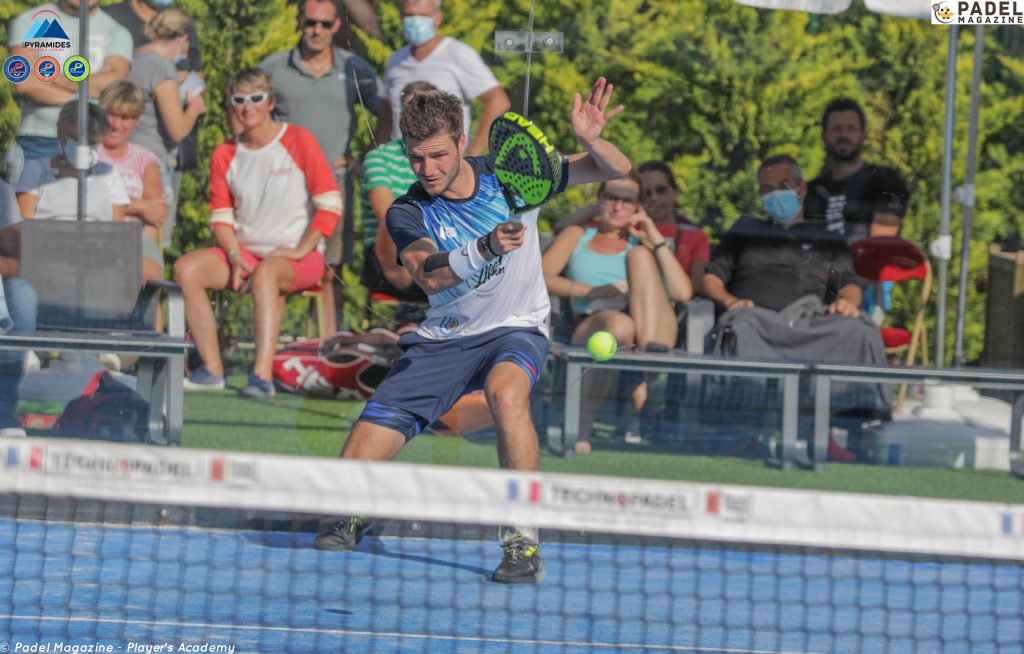
The first step
This is where the effectiveness of your forehand will come to life. There are two possibilities for carrying out the first step. Either tennis way by taking time on the ball, the left foot for a right-hander will come directly forward. This way you will have more aggressive shots, you will try to accelerate the ball. So we can say that this movement will be used less often since the “basic” forehand is used at the back of the track, which is a zone of defense.
Where your forehand will become precise is when you take the first step with your dominant leg (right leg for right-handed people) backwards. This first step back will give you a few more inches to play and read the trajectory of the ball, so more time, more control in your defense. So be careful, this first step should not be taken just any old way. This step back must be taken in the direction of the ball thrown by the opponents. If you do not take this first step backwards correctly, you will either end up with the ball on your body or you will impact your back to the track.
The second step
You can call it the second step or the change in back-to-front dynamics. After taking the time to let the ball come in, after adjusting your placement, it's time to hit the ball. If you cannot shift your body weight forward because your opponents' ball is played so well, keep running back and play a lob. But in all other cases, try to shift your body weight forward with a step made with your non-dominant leg (left leg for right-handed people). So you will be well placed, your body will be well balanced, and above all you will be more precise.
Conclusion
Don't move all over the place when on defense. Learn to take the time and read the trajectory of the ball by taking a first step backwards and especially to play with the back-to-front dynamics. Once you have assimilated this footwork, you can concentrate on the place of impact of the ball to “push back” your opponents and finally take the offensive.
Julien Bondia is a teacher of padel in Tenerife (Spain). Columnist and advisor, he helps you play better through his tutorials and tactical/technical articles padel.




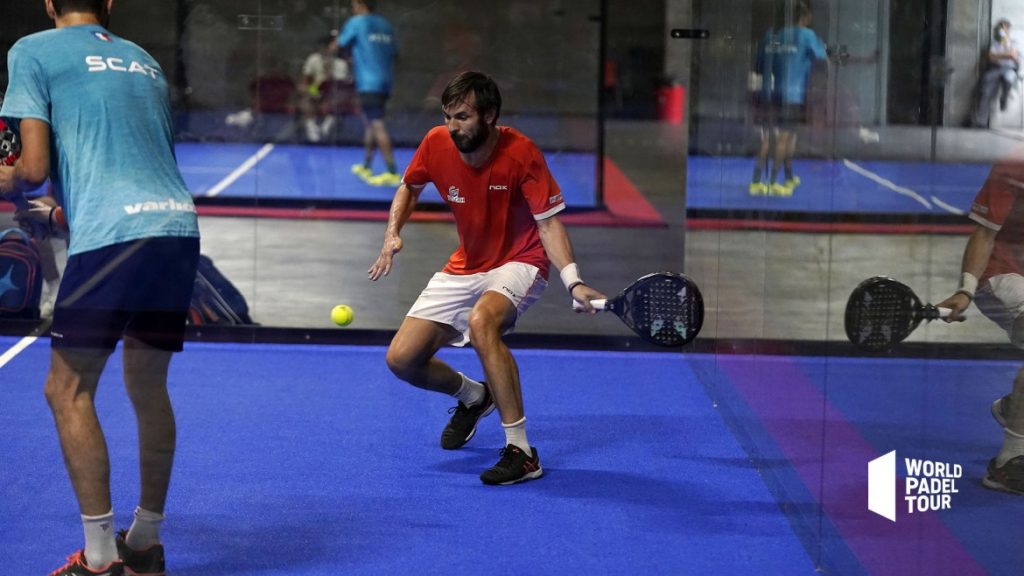
































































































 D-7 of the “BetClic Remontada Padel”, at the foot of the Eiffel Tower
D-7 of the “BetClic Remontada Padel”, at the foot of the Eiffel Tower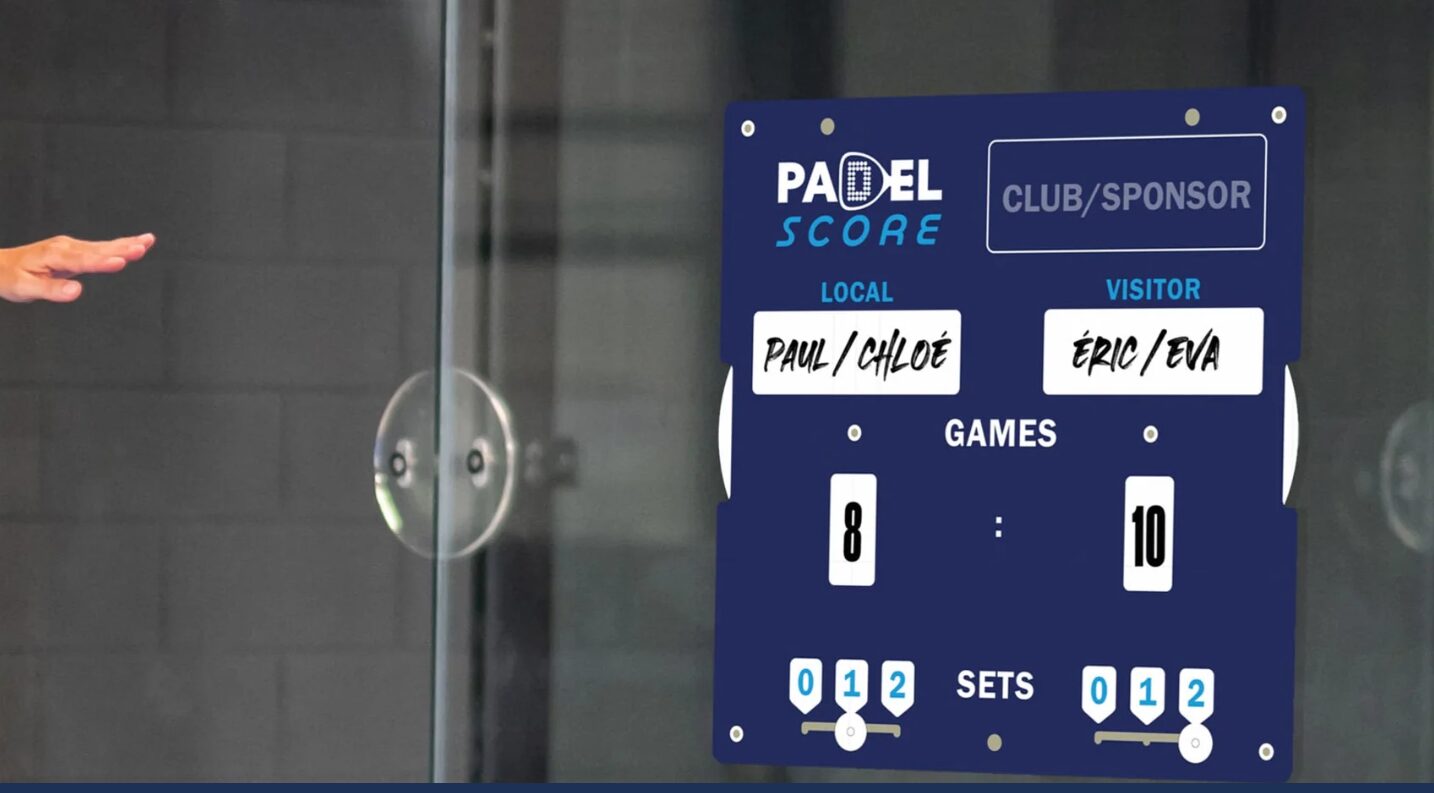 Padel Score: an essential table for keeping score
Padel Score: an essential table for keeping score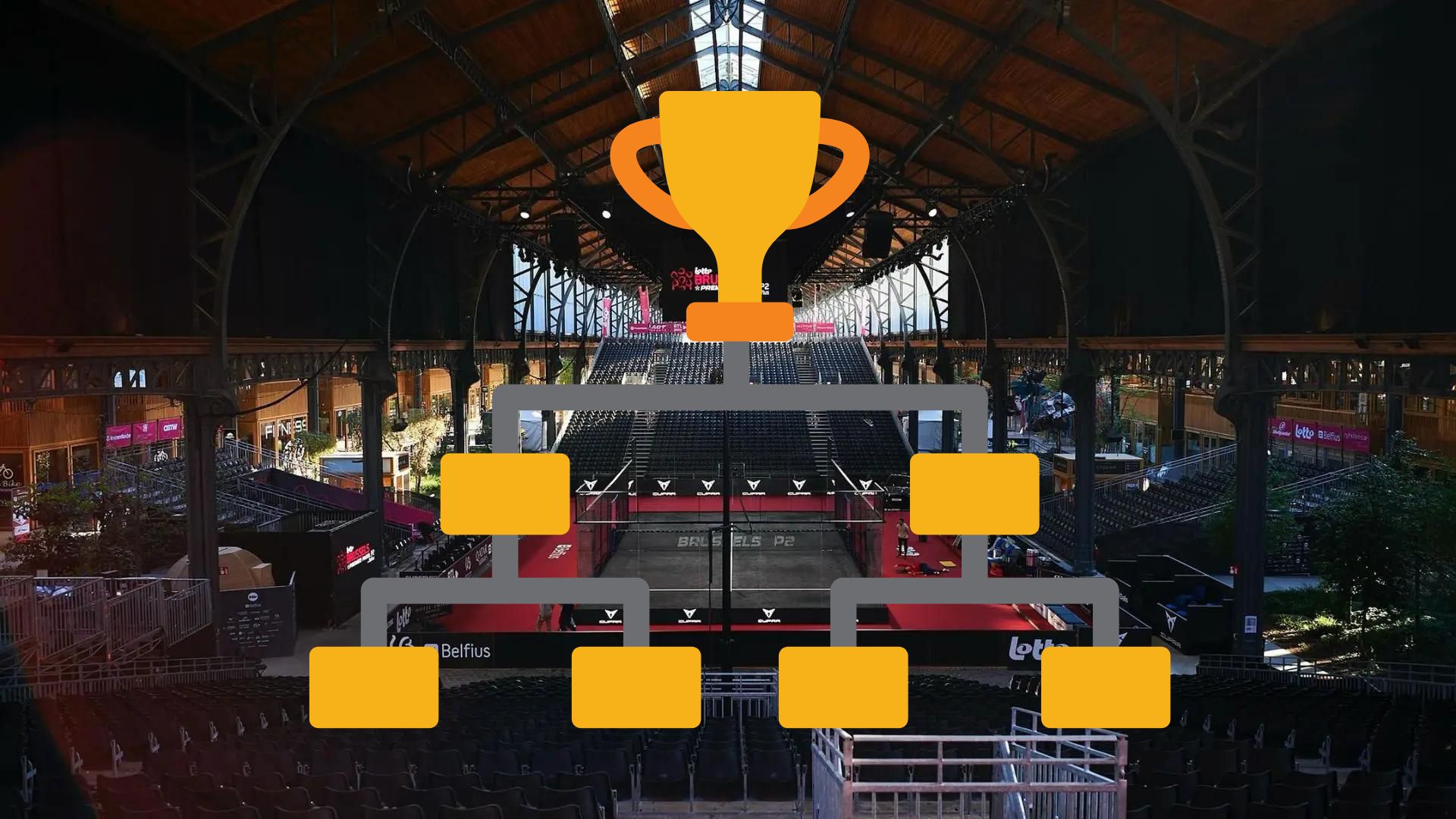 Premier Padel Brussels P2 – Time for the semi-finals!
Premier Padel Brussels P2 – Time for the semi-finals! Guillaume Codron de Sud Padel : “A family project”
Guillaume Codron de Sud Padel : “A family project” Nallé Grinda: “Democratize the padel in the USA with PadelX "
Nallé Grinda: “Democratize the padel in the USA with PadelX " Simon Boissé: “We know that there are two nations in front of us”
Simon Boissé: “We know that there are two nations in front of us” Marie Maligo: “This period of frequent changes of partners was beneficial for me”
Marie Maligo: “This period of frequent changes of partners was beneficial for me”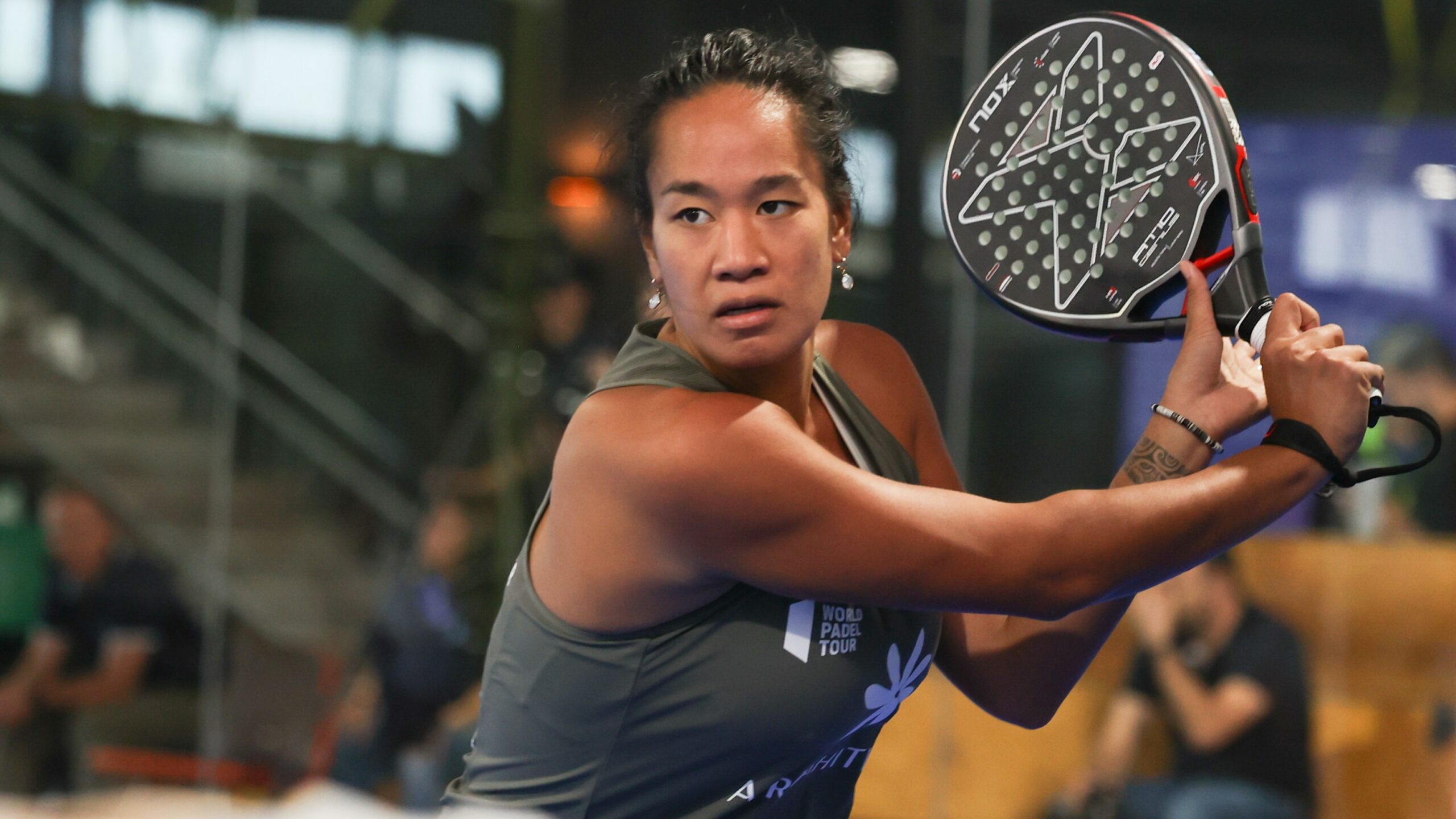 Léa Godallier makes her big return to the slopes this weekend
Léa Godallier makes her big return to the slopes this weekend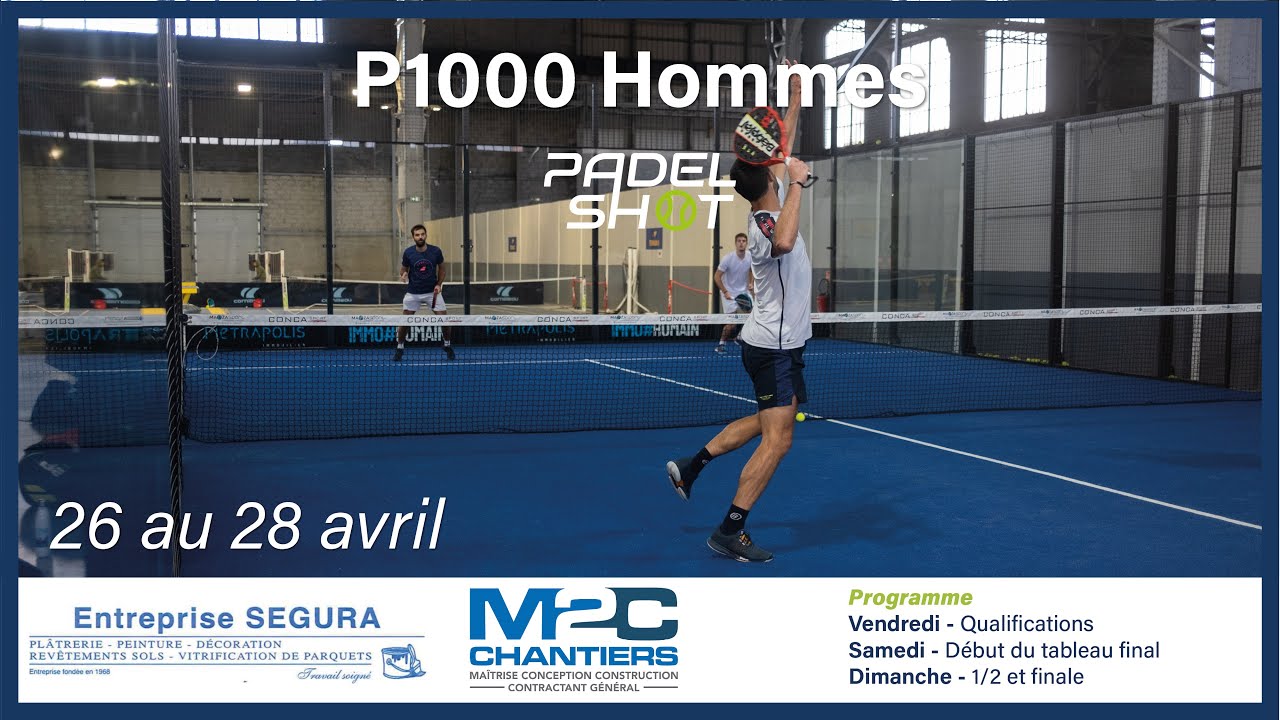 P1000 PadelShot Saint-Étienne – Live, programming, results…
P1000 PadelShot Saint-Étienne – Live, programming, results… Gilles Moretton: “We will be able to put the padel at the level of tennis”
Gilles Moretton: “We will be able to put the padel at the level of tennis”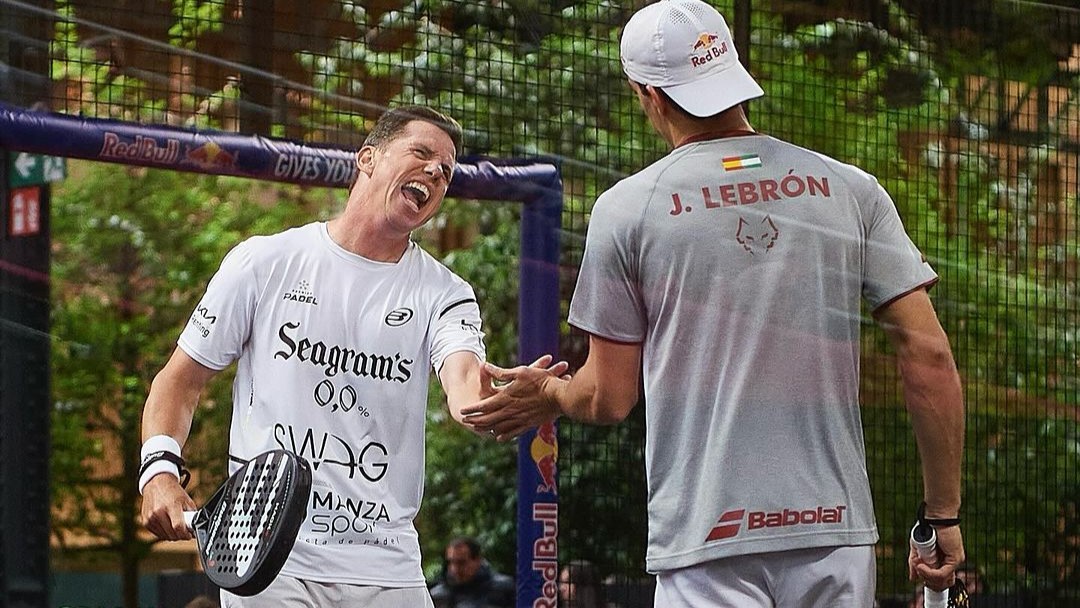 When will Lebron and Paquito split?
When will Lebron and Paquito split?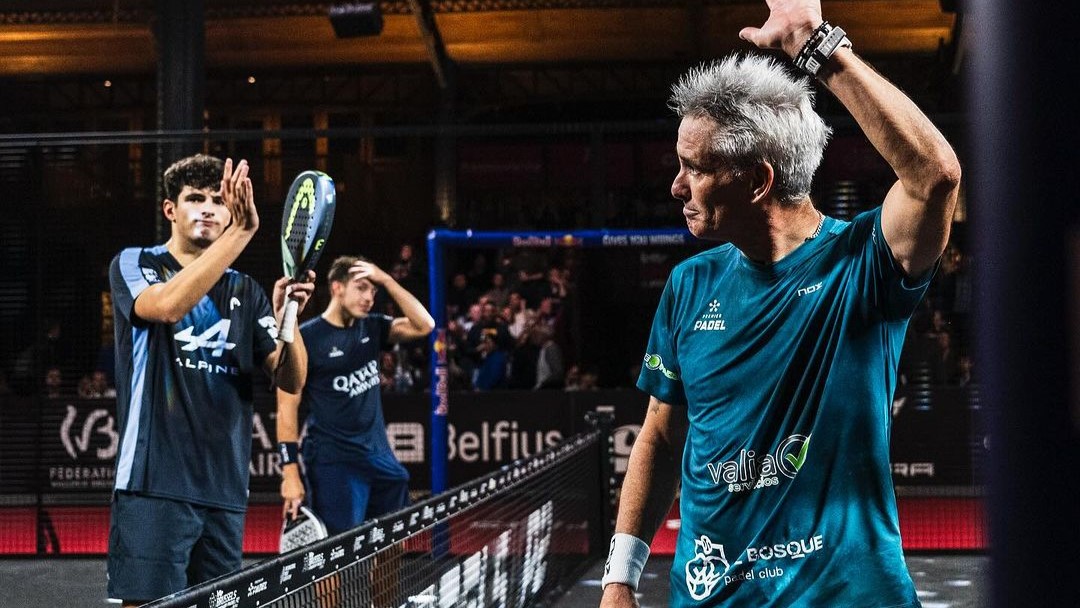 Premier Padel Brussels P2 – Coello and Tapia had to save two match points against Lamperti and Belluati to qualify in the half!
Premier Padel Brussels P2 – Coello and Tapia had to save two match points against Lamperti and Belluati to qualify in the half!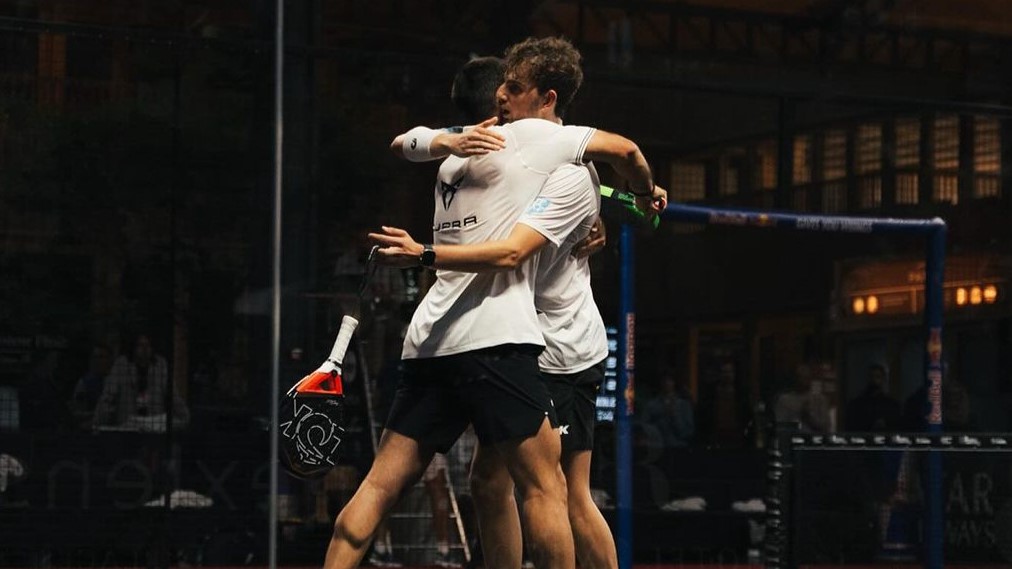 Premier Padel Brussels P2 – Mike Yanguas and Javi Garrido once again take the advantage over Stupa / Di Nenno
Premier Padel Brussels P2 – Mike Yanguas and Javi Garrido once again take the advantage over Stupa / Di Nenno José Manuel Escin at the inauguration of Casa Padel DOS: “Finally, and thank you!”
José Manuel Escin at the inauguration of Casa Padel DOS: “Finally, and thank you!” Padel Score comes to Tahiti for American Express Padel Cup!
Padel Score comes to Tahiti for American Express Padel Cup! Do you know the Rafa Nadal Academy Tour?
Do you know the Rafa Nadal Academy Tour? Play at padel on his yacht? Possible for €233.000!
Play at padel on his yacht? Possible for €233.000! Our Top 10 training courses padel in France and Europe
Our Top 10 training courses padel in France and Europe At the heart of padel – Episode 25: Paul and Andoni answer your questions
At the heart of padel – Episode 25: Paul and Andoni answer your questions Tactical padel – What to do when faced with players who systematically stay at the bottom?
Tactical padel – What to do when faced with players who systematically stay at the bottom? The basic tactics of padel
The basic tactics of padel At the heart of padel – Episode 25: Paul and Andoni answer your questions
At the heart of padel – Episode 25: Paul and Andoni answer your questions At the heart of padel – Episode 23: defend the window well
At the heart of padel – Episode 23: defend the window well Prohibition on playing topless Padel : the reasons
Prohibition on playing topless Padel : the reasons FIP Tour – Going far from Europe, THE strategy to earn points!
FIP Tour – Going far from Europe, THE strategy to earn points! What is a good football player? padel ?
What is a good football player? padel ? “Lefties give me headaches when I play against them!”
“Lefties give me headaches when I play against them!” At the heart of padel – Episode 14: how to earn points in winter?
At the heart of padel – Episode 14: how to earn points in winter? A par 4 is always a winner...even if you manage to defend it!
A par 4 is always a winner...even if you manage to defend it! Carbon fiber VS fiberglass: what to choose?
Carbon fiber VS fiberglass: what to choose? How to effectively test a racket padel ?
How to effectively test a racket padel ? La padel to fight Parkinson's disease
La padel to fight Parkinson's disease Don't play with a cracked or broken racket, your body will thank you!
Don't play with a cracked or broken racket, your body will thank you! Michel Cymes: “The padel, physically, it’s serious!”
Michel Cymes: “The padel, physically, it’s serious!” Jeremy Gala: “Promote the padel among young people in Belgium remains a challenge”
Jeremy Gala: “Promote the padel among young people in Belgium remains a challenge” The French Touch Academy organizes its selection day Padel-Study
The French Touch Academy organizes its selection day Padel-Study Report on the detection and training of younger generations
Report on the detection and training of younger generations